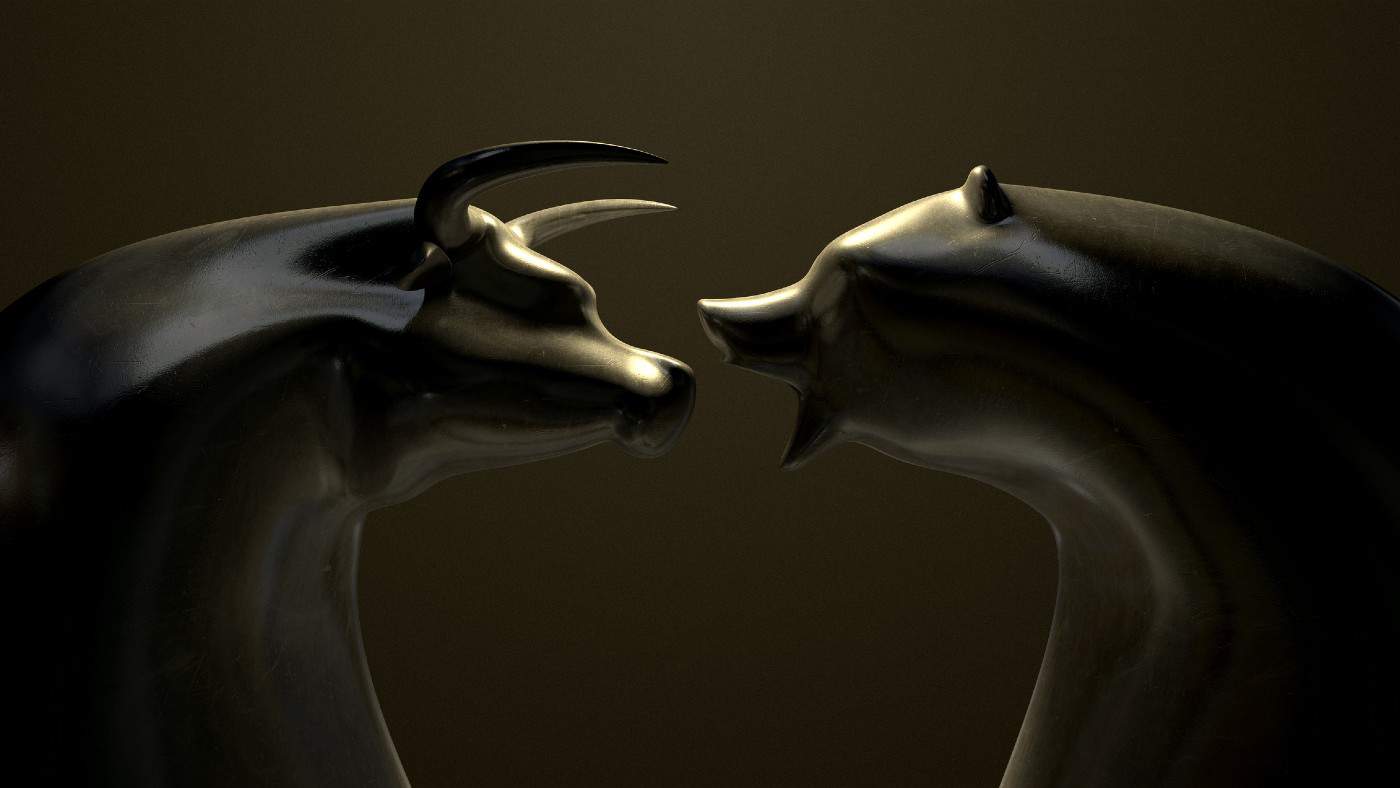Back in Februrary, the FTSE 100 broke the 8,000-point threshold for the first time ever. Since then, the UK index has fallen by around 4.5%.
So when will the index get back to 8,000? And should investors be looking to buy UK shares while they’re at a discount to their historic highs?
Why the FTSE 100 is down
There are a few reasons the FTSE 100 has come off its February high. Most of them have to do with macroeconomic factors.
One reason is the ongoing uncertainty around the banking sector. With 18.3% of the FTSE 100 constituted by financials companies, this has had a significant impact.
Another issue has been falling commodities prices. Crude oil in particular is down 7% since February and this has been a challenge for energy stocks, which make up 13% of the index.
There have been other difficulties to contend with, too. High inflation has been weighing on shares in consumer discretionary firms and rising interest rates have caused real estate stocks to fall.
When will it recover?
There are a couple of reasons to think it might be a while before the FTSE 100 gets back to 8,000. Chief among them is rising interest rates.
Inflation in the UK is at 8.7%, some way above the Bank of England’s 2% target. It therefore seems likely that interest rates have further to rise, which creates two headwinds for share prices.
First, it weighs on the amount investors are willing to pay for shares. With government bonds offering 5%, stock market particpants are less likely to buy shares at prices implying a 4% return.
Second, it creates a headwind for corporate earnings. Higher rates increase the cost of borrowing and thus makes businesses less likely to invest to support future growth.
That’s the bad news – investors who own FTSE 100 shares and want to sell them might have to wait some time before prices return to February’s levels. But it’s not all doom and gloom.
Good news for investors
The good news is higher interest rates offer better returns for investors. As well as better returns on bonds, lower share prices make for attractive buying opportunities.
As an example, BP shares have fallen by 15%. For investors who aren’t looking to sell, that’s arguably a very positive thing.
The lower share price means the dividend yield has increased from 3.8% to 4.5%. That means a more attractive return for investors looking for passive income.
In addition, the company is spending £1.4bn on buybacks. With a market cap of £82bn, that’s a 1.7% return, compared to a 1.3% return on a £107bn market cap.
Whatever the future earnings at BP, buying the stock at a lower price will offer a better return than buying it at a higher price. The same is true of any other FTSE 100 company.
Investing in the FTSE 100
Ultimately, I don’t think investors should be too eager to see the FTSE 100 back at its all-time highs. Lower prices offer better returns from buying stocks.
This is especially true of the sectors that have been hit the hardest. Right now, it looks to me as though there are some great opportunities in FTSE 100 stocks that have been falling since February.








